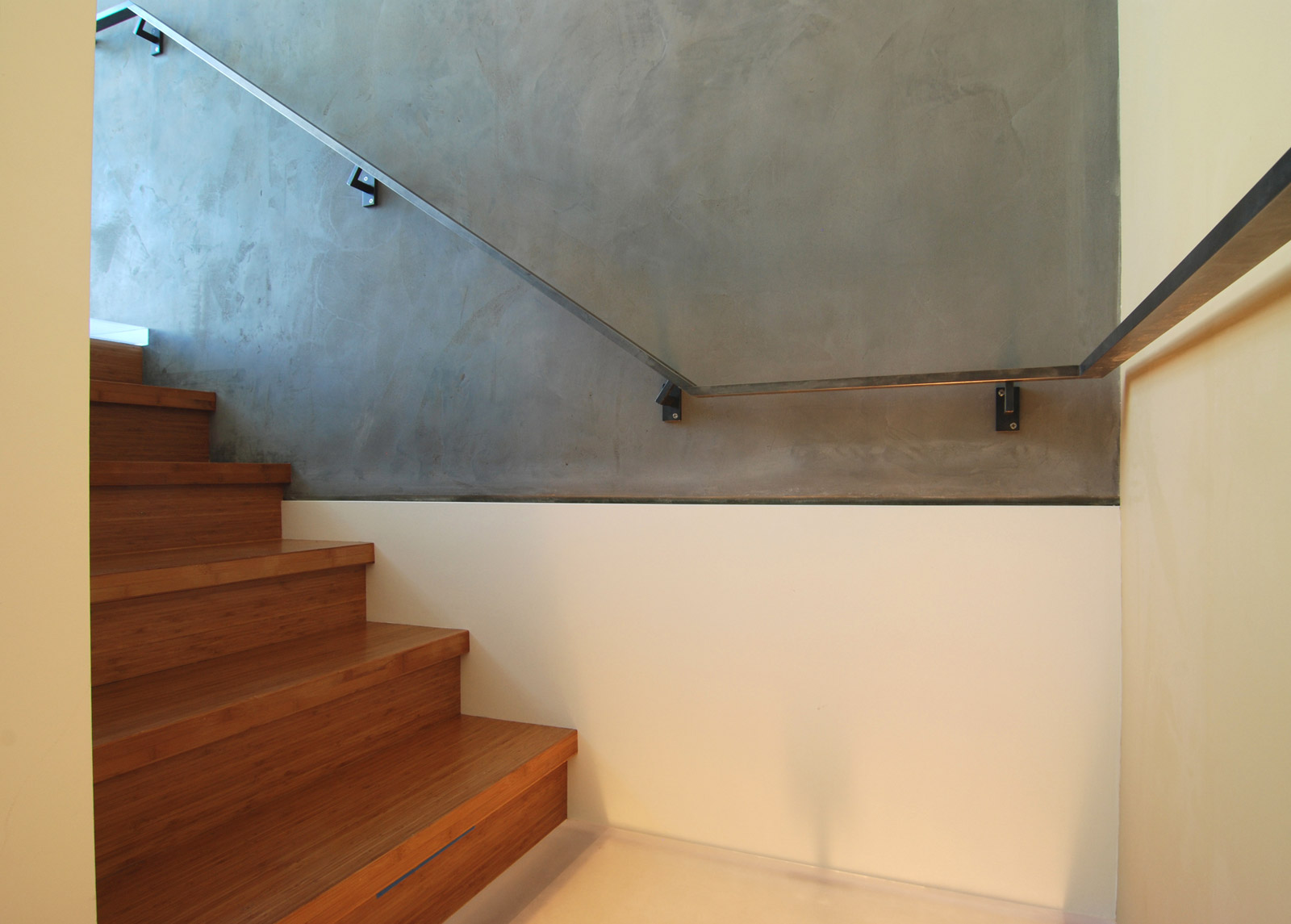
[All photos by BUILD LLC]
The stair may very well be one of the most challenging design aspects of architecture. A well designed stair solves problems and becomes a visually pleasing feature of a project. Conversely, a poorly designed stair wastes space, creates inefficient circulation, and produces visual clutter. While a stair’s primary function is to allow passage between floors, its relationship to a residence or building goes far beyond the pragmatic. Is the stair concealed between walls as service circulation or does it open up to a room and become a sequence of experiences? Does it intentionally provide acoustic and visual separation or does it promote the connection between floors? Do the aesthetics of the stair calm the room or does the stair become a dramatic sculptural focus? These are all questions we bring up early in the design process and they start to define boundaries on what would otherwise be an overwhelming design equation.
It may seem like there are limitless possibilities with stairs, as evidenced by the blogs out there dedicated to the full spectrum of elaborate stair design. But when you break the stair down into its essential components, there are really just a handful of variables to deal with. Today’s post covers some rationale behind how we think about stairs and how we apply stair design to our projects. This process includes a handy diagram and lots of images from our portfolio completed projects.
What this post doesn’t cover is handrail and guardrail design as we’ve covered those topics in previous posts. While handrails and guardrails are important design components of a stair, we tend to put them in another category — they are less structural and ergonomically functional and pertain more to life safety and accessibility considerations. Still very important, just in a different category. The requirements for guardrails and handrails also vary widely from one country to the next, and this throws all sorts of new criteria into the design process. We find it most useful to define the structure of a stair first, the design of the guardrails and handrails then take their cues from this first round of design decisions.
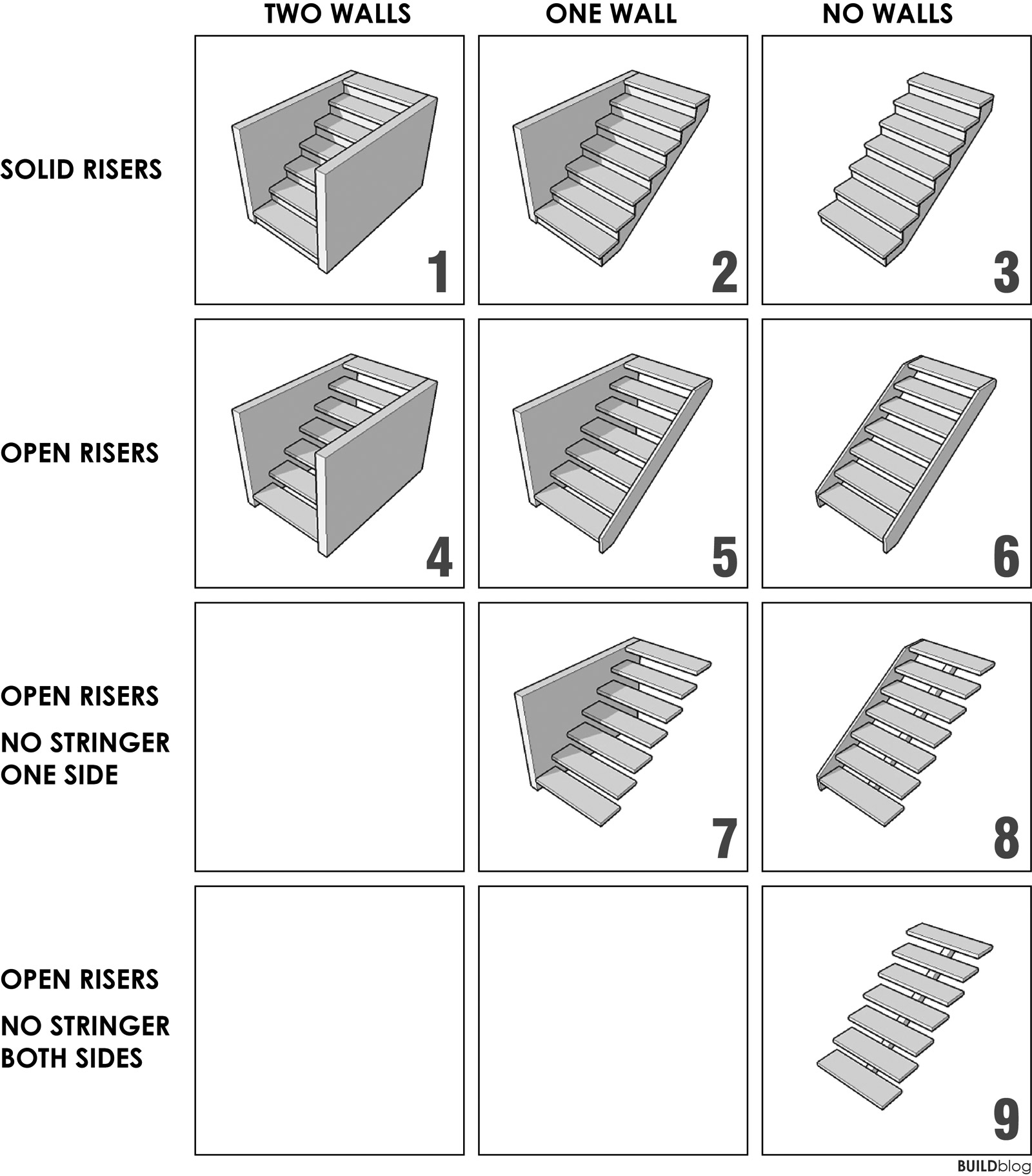
The BUILD Blog Stair MatrixTM above breaks down stair design into two primary variables: the condition on either side of the stairs (whether there are walls or not) and the condition between risers (whether the treads are open or not). This produces nine possible outcomes — one could argue that there are some theoretical gravity-defying outcomes not recorded here, but we’ll leave those to the academics. We like this matrix because it illustrates that, when the stair is boiled down to its essence, there are really just a handful of combinations. And once this matrix is filtered down for the known conditions of a project, there’s probably only 3 or 4 options to consider.
As timing would have it, BUILD has completed at least one stair configuration from each category now, so let’s get to some built examples. We’ve provided as many different material examples as practical and there’s also a couple of hybrids noted below.
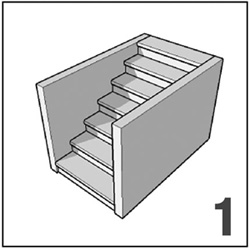 Two Walls, Solid Risers
Two Walls, Solid Risers
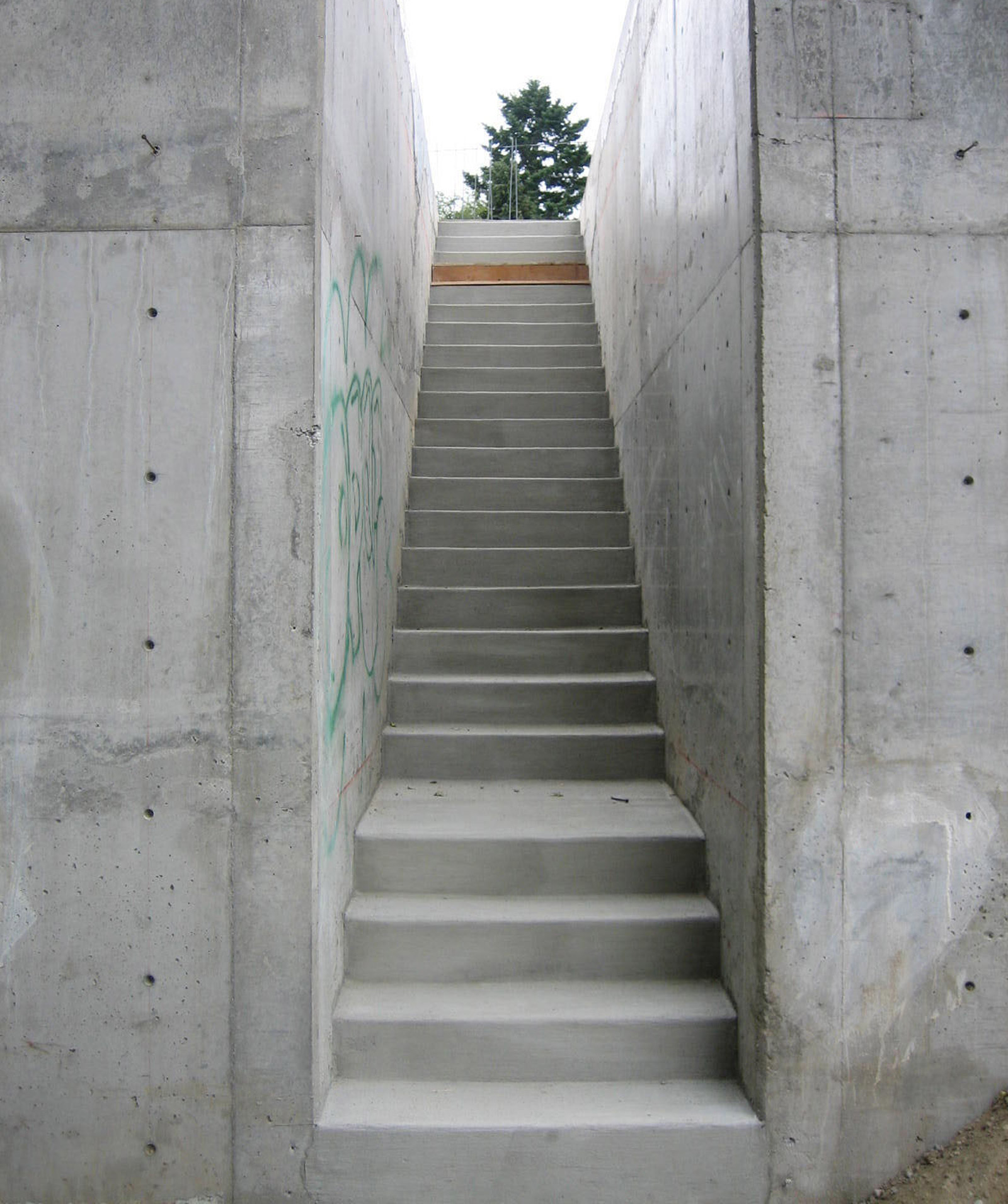
Park Modern: Panel formed, site poured concrete
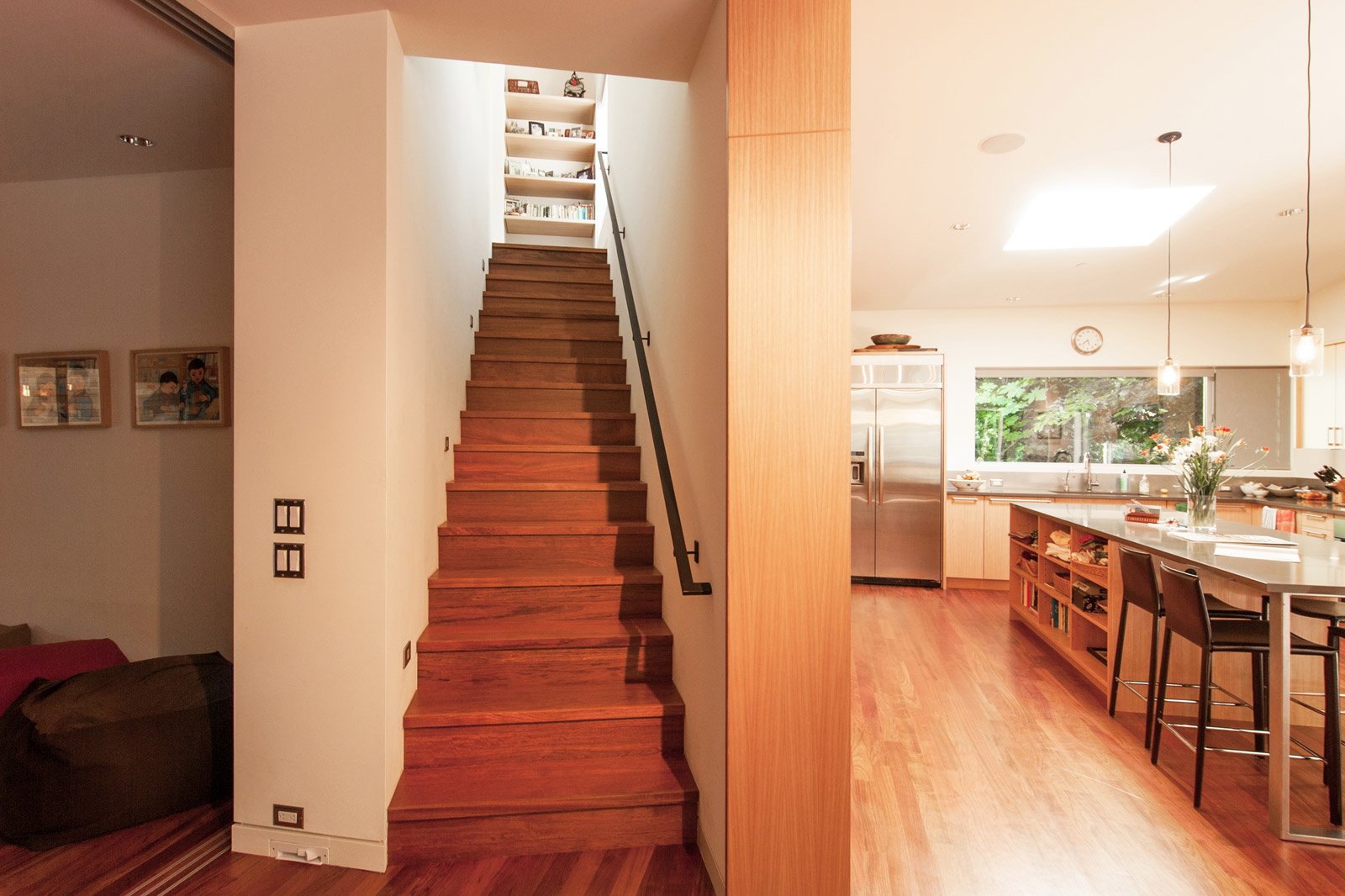
Beaux Arts Village: Brazilian Cherry hardwood, wood framed gypsum walls

Magnolia Residence: Oak hardwood stairs, wood framed gypsum walls

Case Study House: Lightweight concrete stairs, wood framed gypsum walls
Hybrid
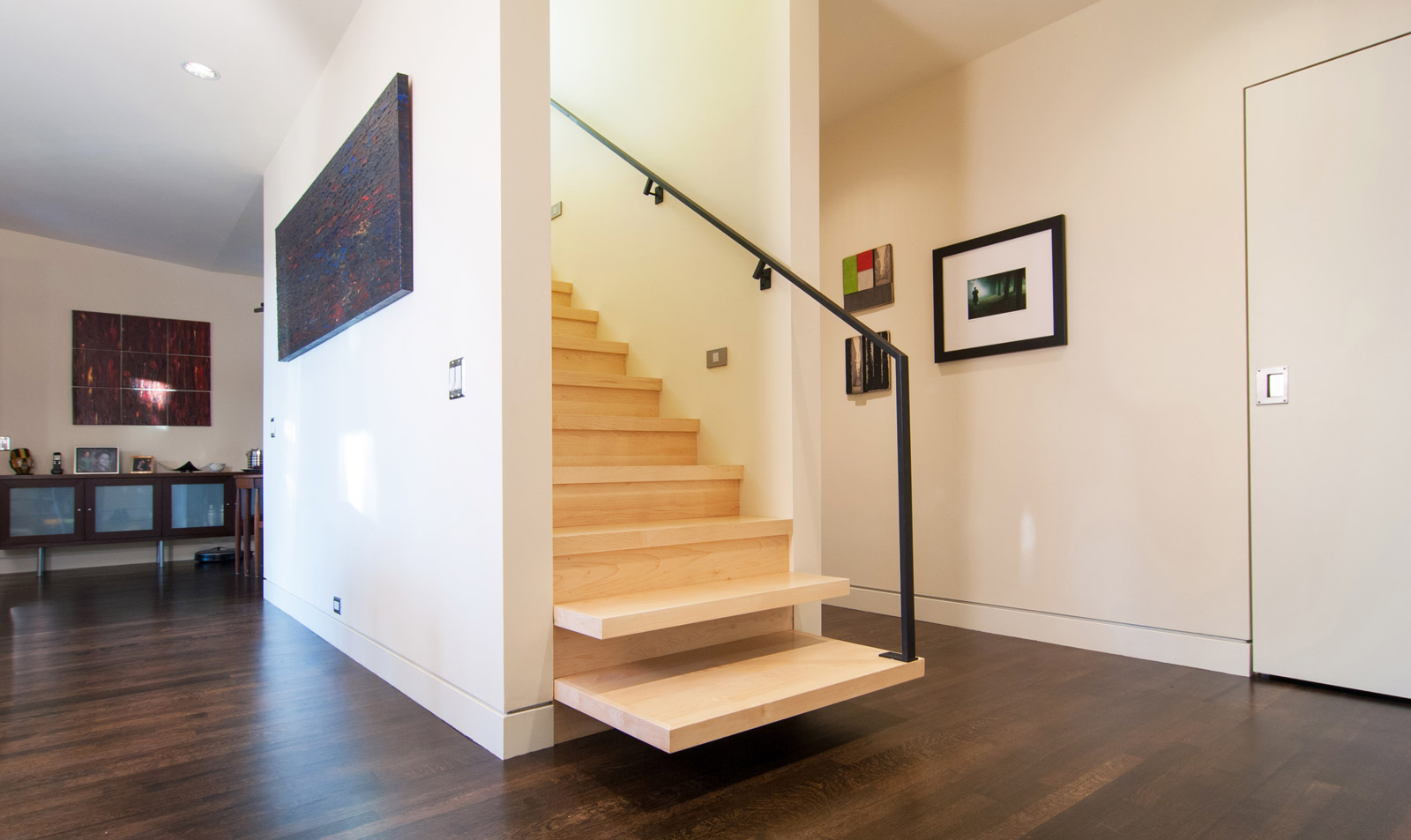
Queen Anne Remodel: Maple hardwood stairs, wood framed gypsum walls w/ steel connections
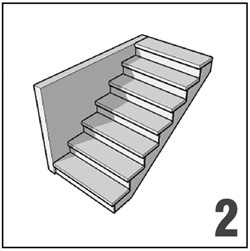 One Wall, Solid Risers
One Wall, Solid Risers

Madison Park Residence: Oak hardwood stairs, wood framed gypsum wall
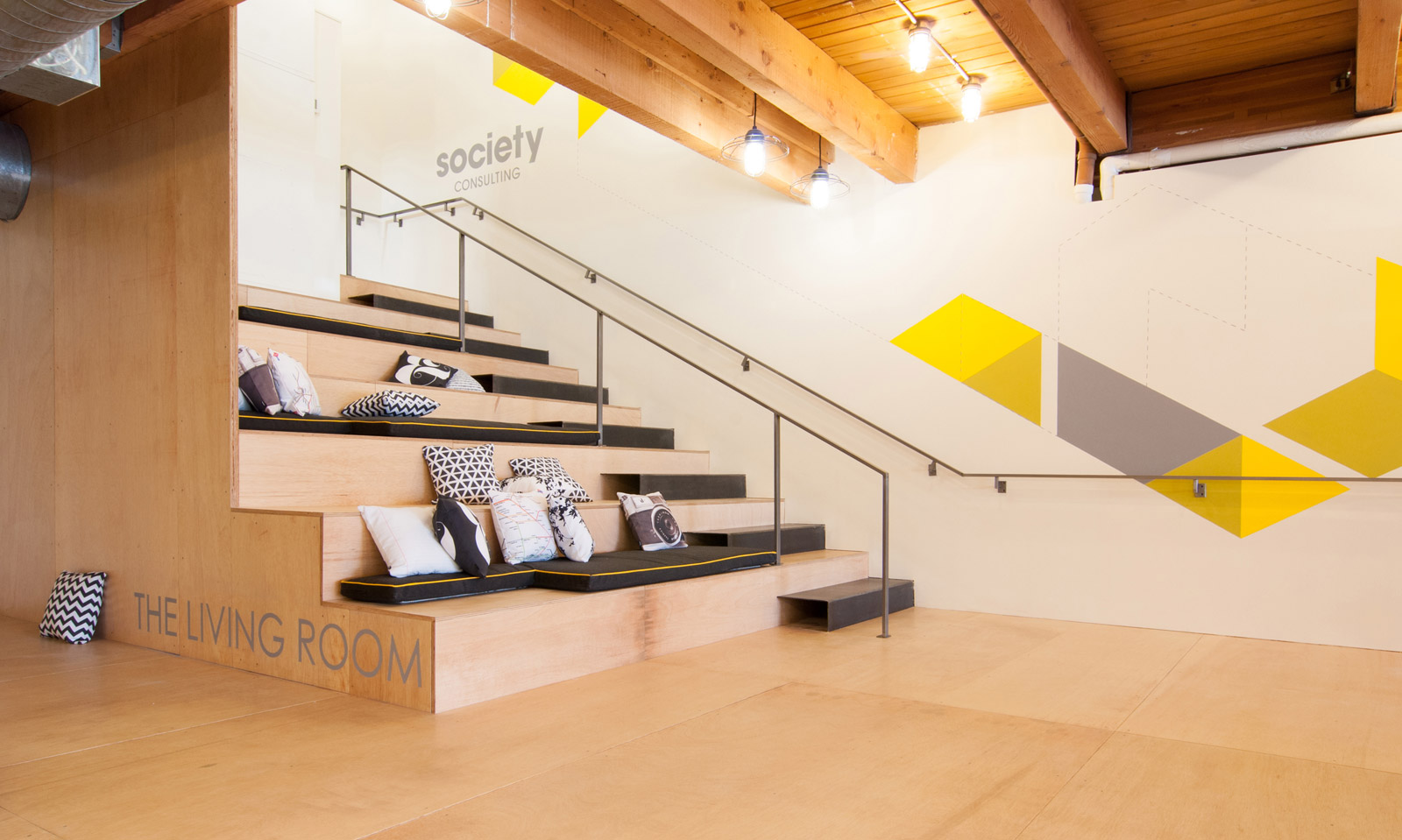
Society Consulting: Maple & steel stairs, wood framed gypsum wall
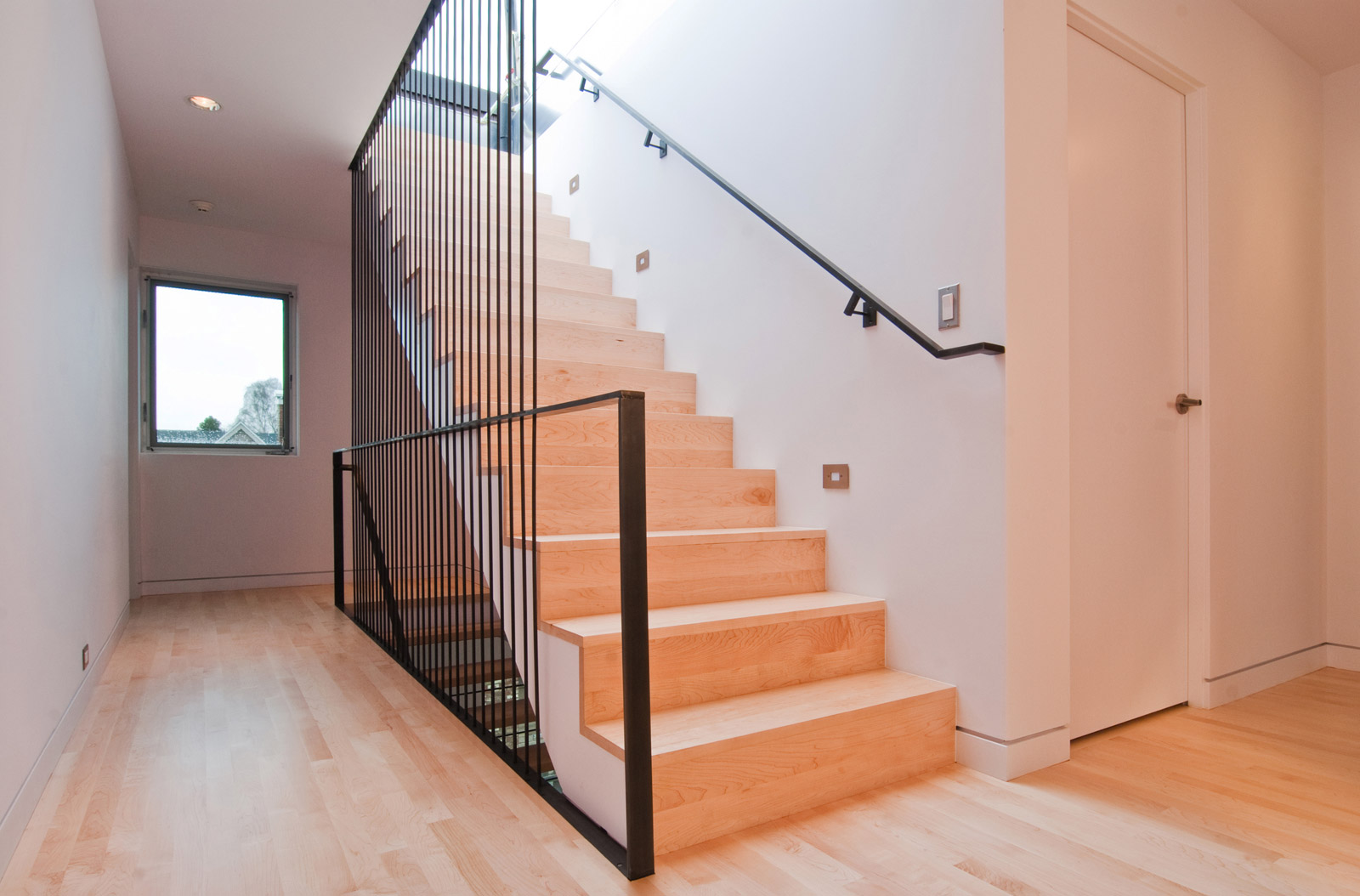
Kirsch Residence: Maple stairs, wood framed gypsum wall
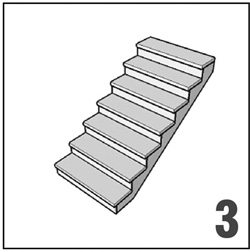 No Walls, Solid Risers
No Walls, Solid Risers
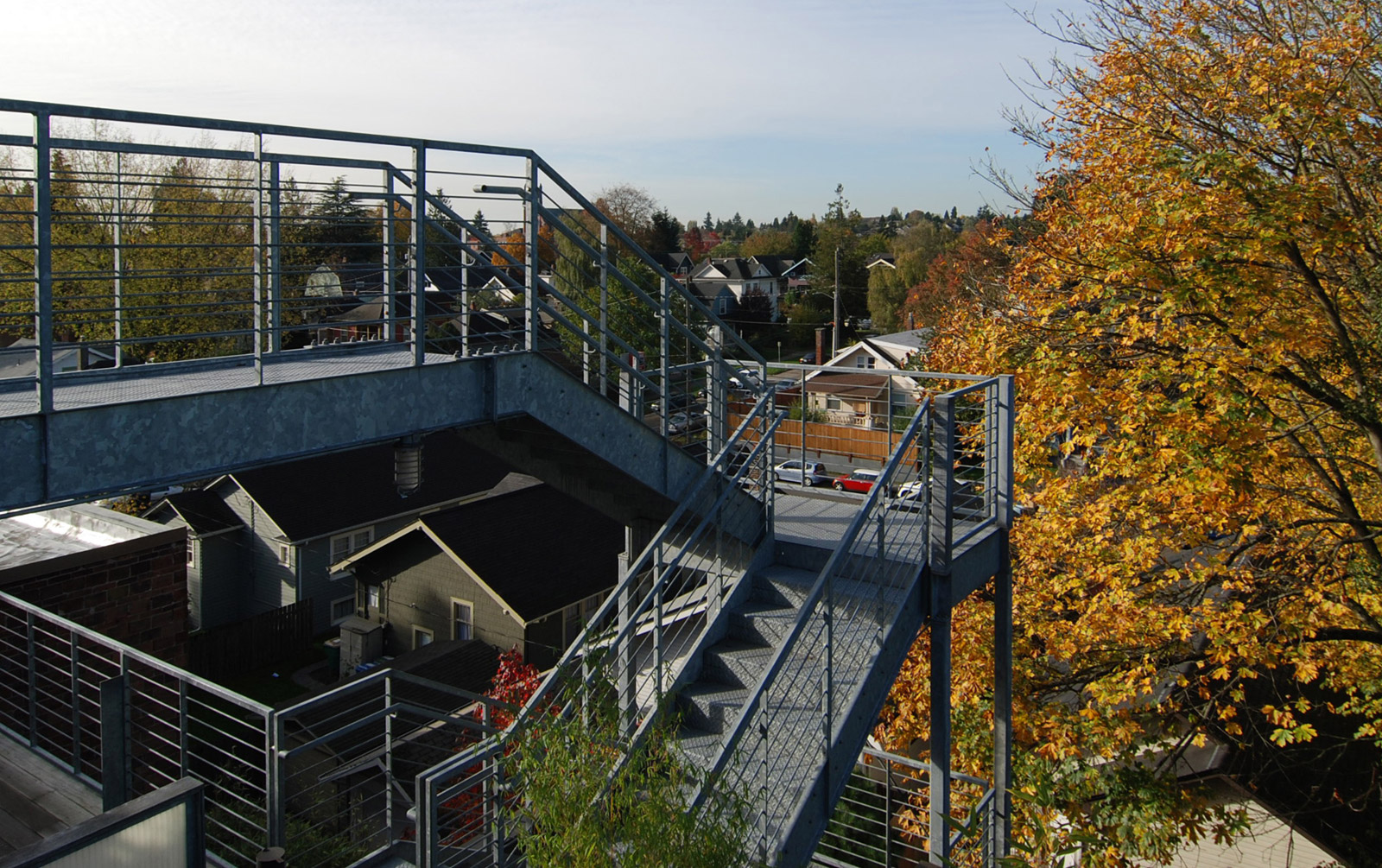
Park Modern: Galvanized steel stairs, galvanized steel channel stringers
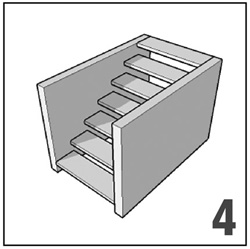 Two Walls, Open Risers
Two Walls, Open Risers
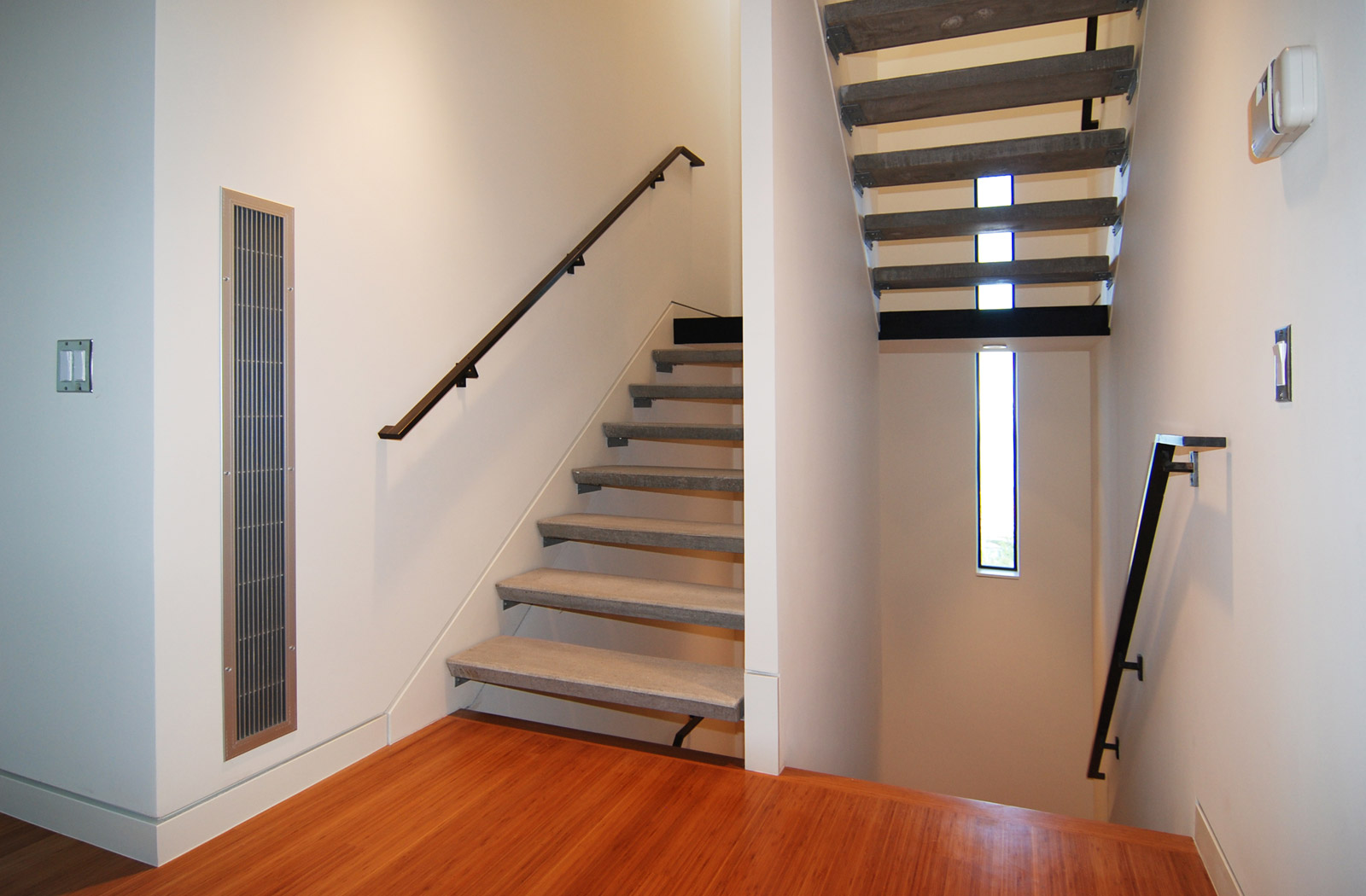
Bainbridge Island Residence: Precast concrete treads, wood framed gypsum walls w/ steel connections
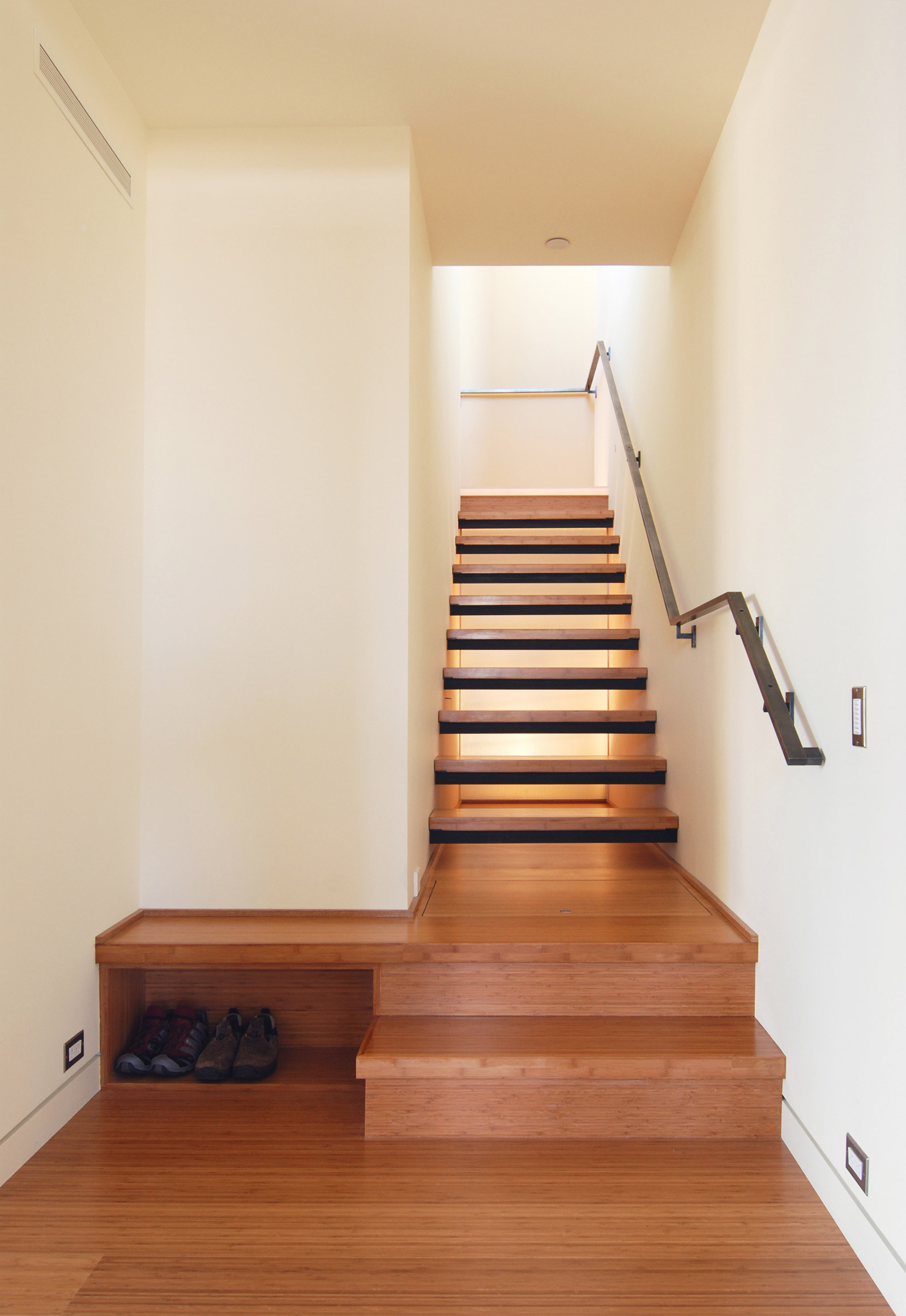
Concord Penthouse: Bamboo treads, wood framed gypsum walls w/ steel connections
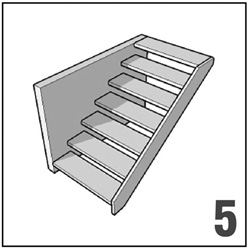 One Wall, Open Risers
One Wall, Open Risers
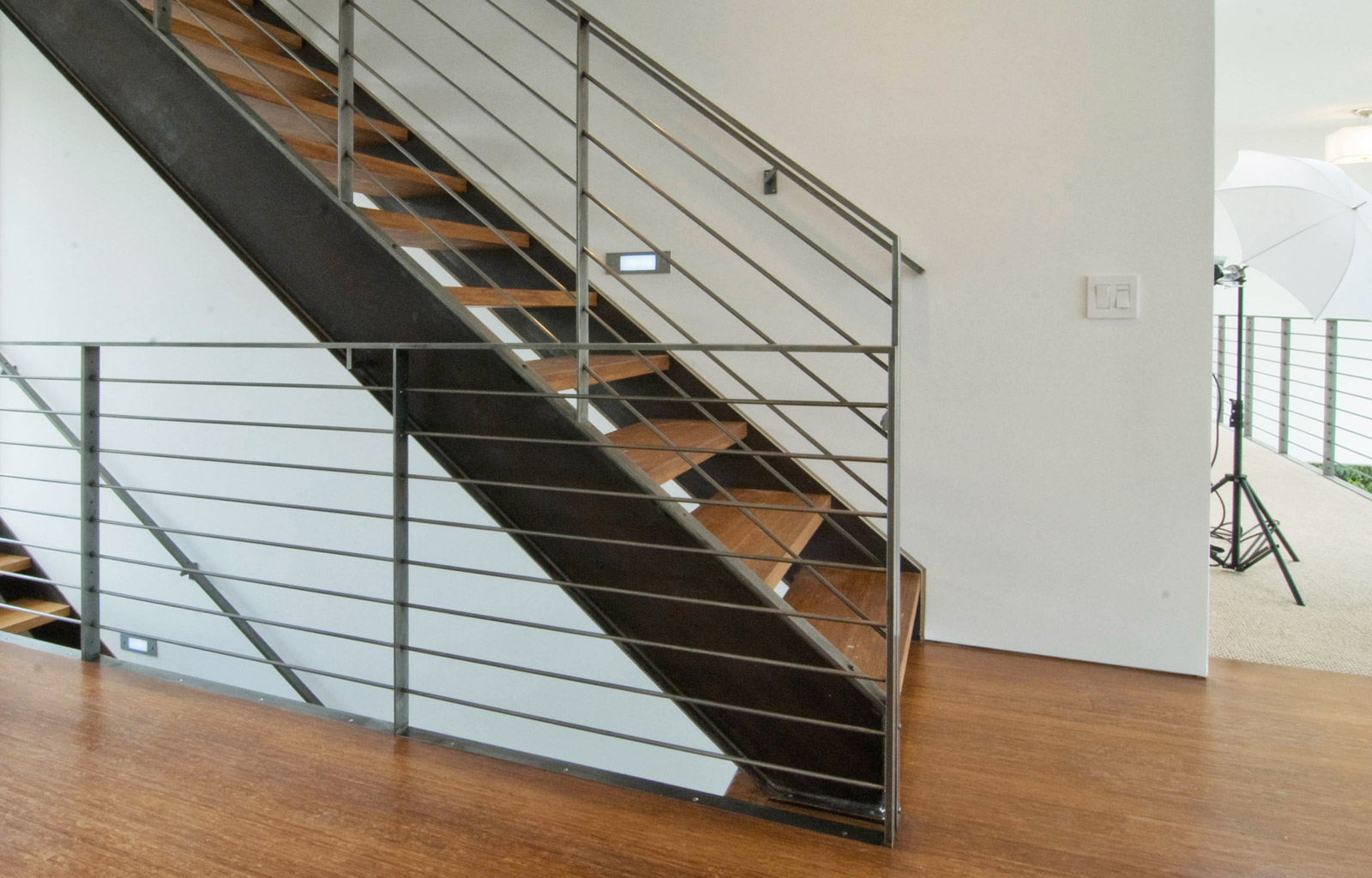
Davidson Residence: Bamboo treads, steel channel stringer, wood framed gypsum wall
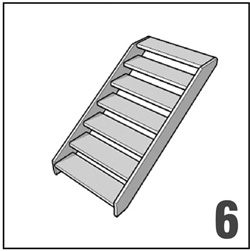 No Walls, Open Risers
No Walls, Open Risers

1240 Building: Precast concrete treads, steel channel stringers
 One Wall, Open Risers, No Stringer on One Side
One Wall, Open Risers, No Stringer on One Side
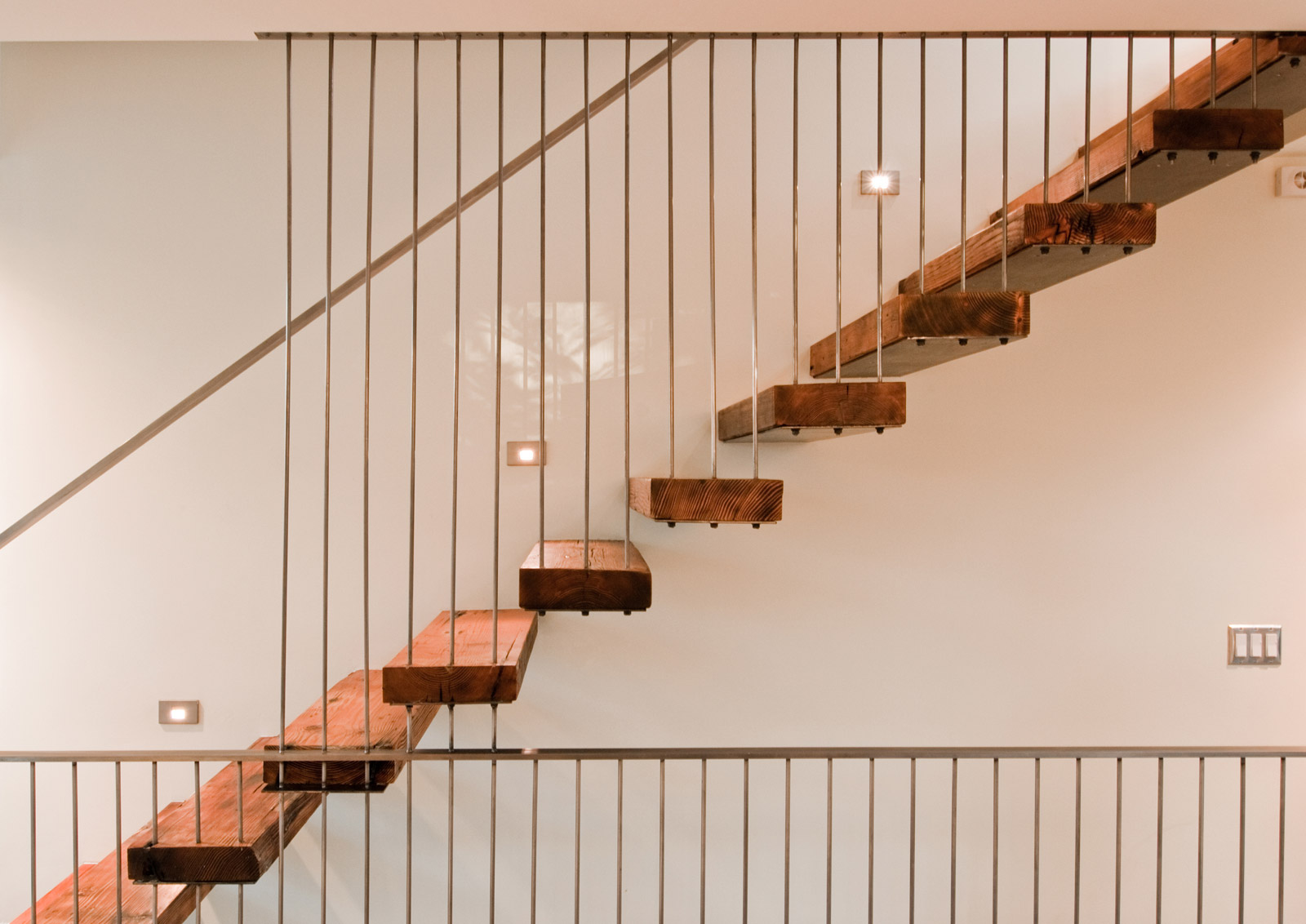
Case Study House: Reclaimed timber treads, wood framed gypsum wall, steel tension rods
Hybrid
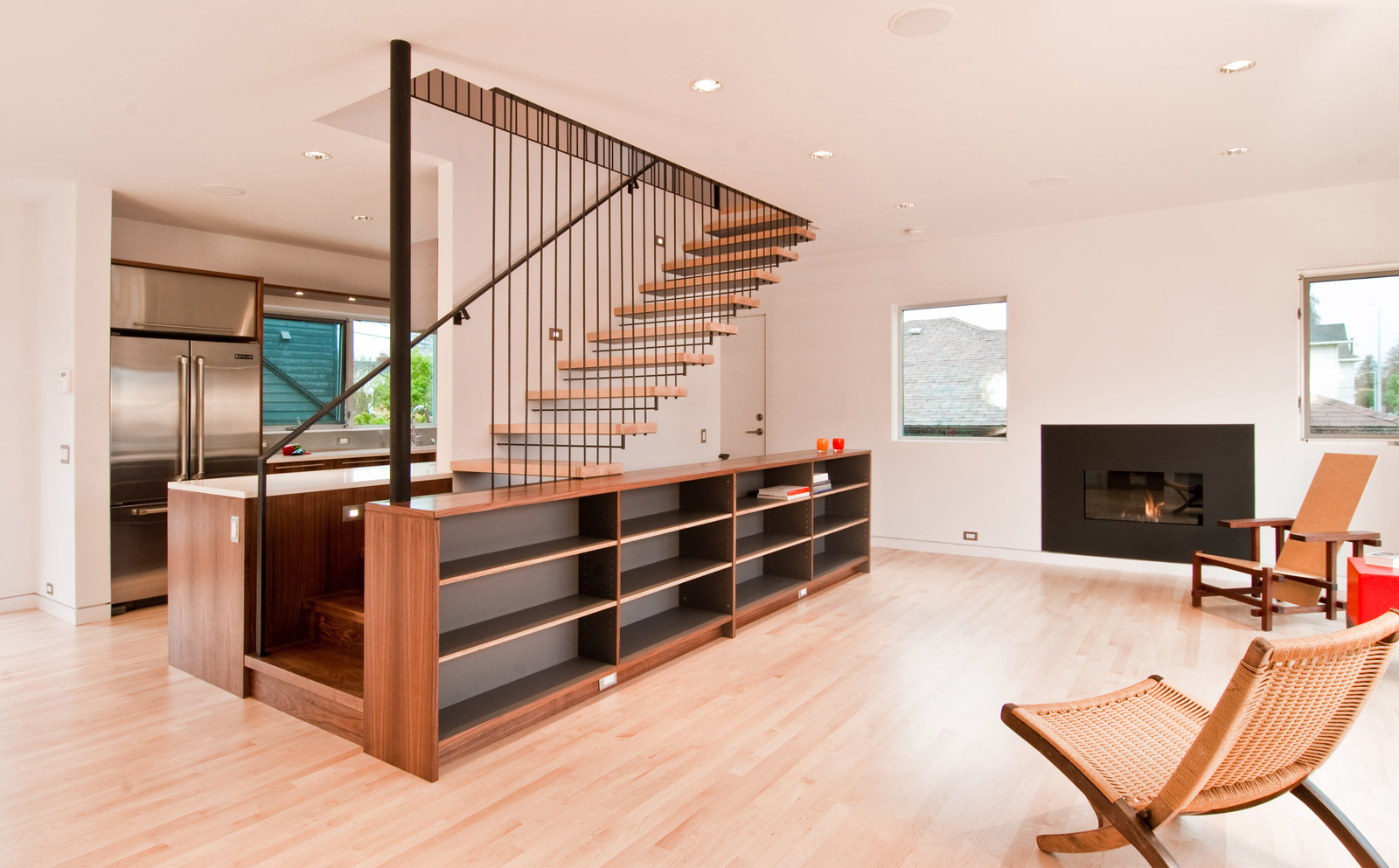
Kirsch Residence: (Base) Walnut treads and cabinet walls;
(Upper) Maple treads, wood framed gypsum wall, steel tension rods
 No Walls, Open Risers, No Stringer on One Side
No Walls, Open Risers, No Stringer on One Side
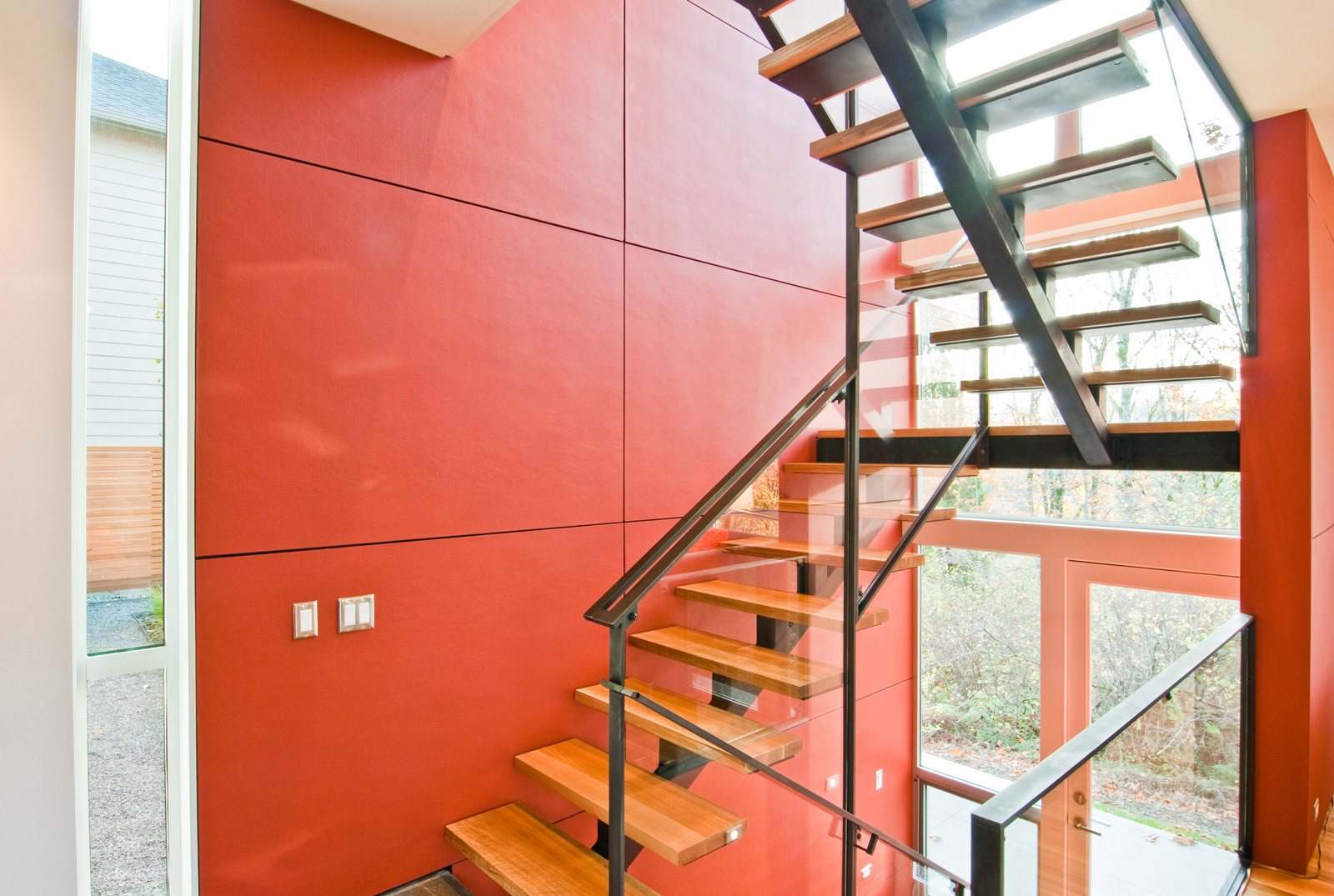
Massena Residence: Oak treads, tube steel spine, wood framed rainscreen wall
 No Walls, Open Risers, No Stringers on Two Sides
No Walls, Open Risers, No Stringers on Two Sides

Massena Residence: Oak treads, tube steel spine
For deeper dives on a few stair designs, we recommend the posts on the Kirsch Residence and the Madison Park Residence.
Cheers from Team BUILD





